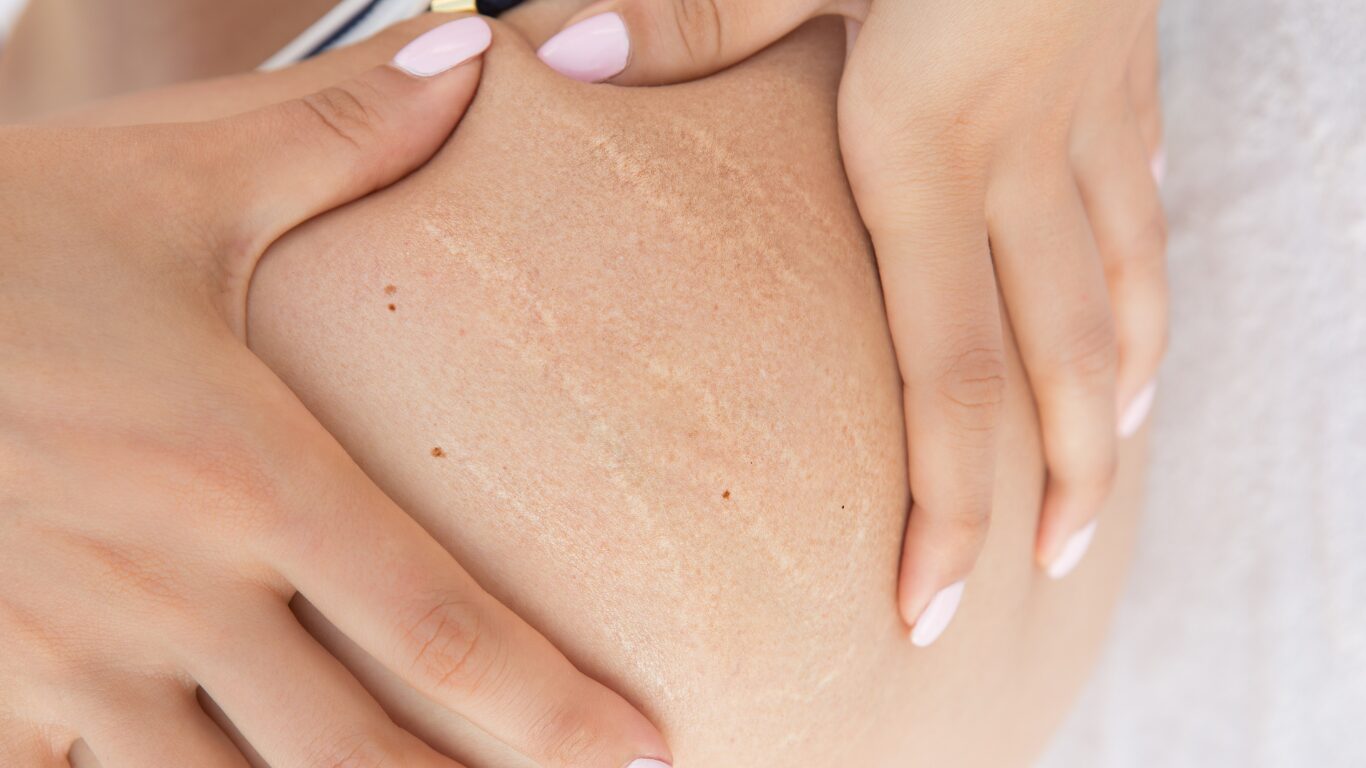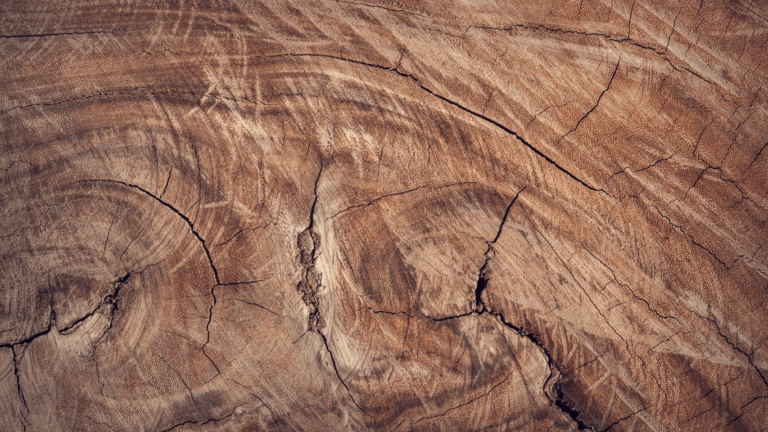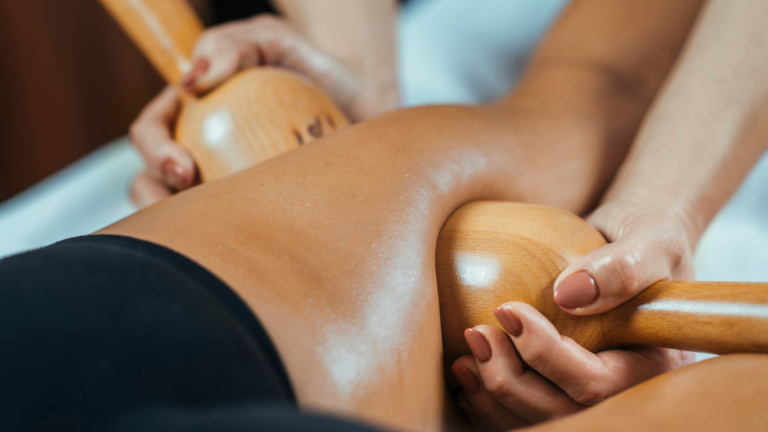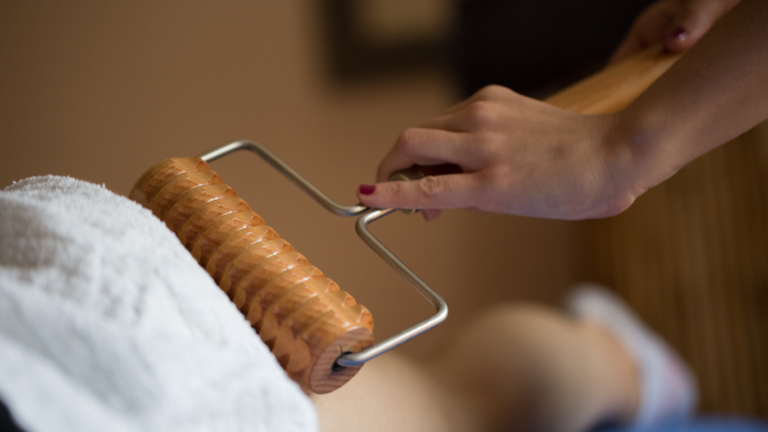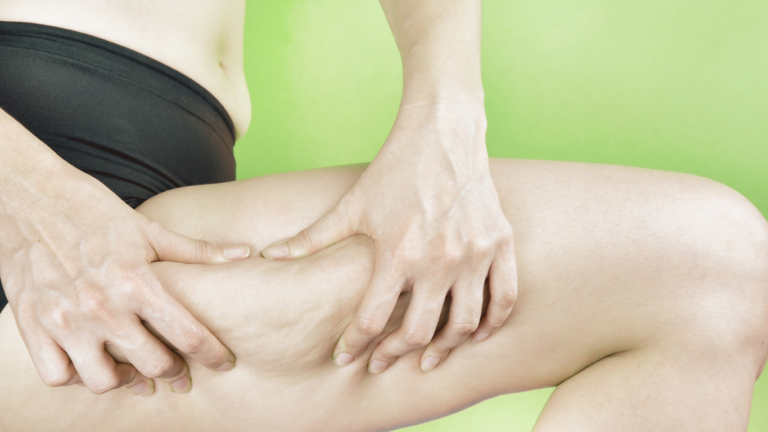How can you tell the difference between cellulite and water retention?
How can you tell the difference between cellulite and water retention?
Understanding the difference between cellulite and water retention is essential to adopting the right treatment methods. The celluliteWater retention, a common phenomenon mainly in women, is characterised by bumpy-looking skin, generally around the thighs, hips and stomach. Water retention, on the other hand, takes the form of swelling and can affect different parts of the body, including the legs and face.
Origins of cellulite and water retention
Cellulite is caused by the accumulation of fat under the skin, often accompanied by changes in connective tissue. It is largely influenced by hormonal factors, genetics and lifestyle. Cellulite can be classified into several types, including adipose cellulite, which is softer and more visible when the skin is pinched. Aqueous cellulite is often linked to poor circulation and appears as soon as pressure is exerted on the tissues.
Water retention, on the other hand, is mainly due to excess fluid in the body tissues. Causes include a diet high in salt, lack of exercise, or certain hormonal imbalances. In some cases, it can also be a sign of underlying health problems.
Manifestations and distinctive features
Adipose cellulite appears mainly on the stomach, hips and thighs. Aqueous cellulite, on the other hand, mainly affects the thighs, calves, ankles and lower body, giving a feeling of heaviness in the legs.
In addition, water retention is often visible as swelling or oedema. Clothes may leave marks or, under pressure, fingerprints may remain on the skin. This feeling of swelling is often temporary but can become chronic if the underlying causes are not treated.
Solutions and treatments for cellulite and water retention
There are several natural and medical approaches to combating cellulite. A balanced diet rich in fibre, combined with regular exercise, are key to reducing cellulite. In addition, treatments such as massage, in particular with a striated maderotherapy rollercan stimulate circulation and help break down subcutaneous fat.
When it comes to water retention, the main objective is often to improve the circulation and drainage of body fluids. Reducing salt intake, ensuring adequate hydration and increasing physical activity are recommended. Cream applications and lymphatic drainage massage sessions can also help to eliminate excess fluids.
Conclusion
The distinction between cellulite and water retention is fundamental in determining the appropriate treatments. Although they may appear similar due to their physical aspects, their causes and treatments are distinct. An integrated approach combining diet, exercise and external treatment often makes it possible to manage these conditions effectively. In all cases, a consultation with a healthcare professional is advisable to establish an accurate diagnosis and a treatment plan tailored to your needs.

